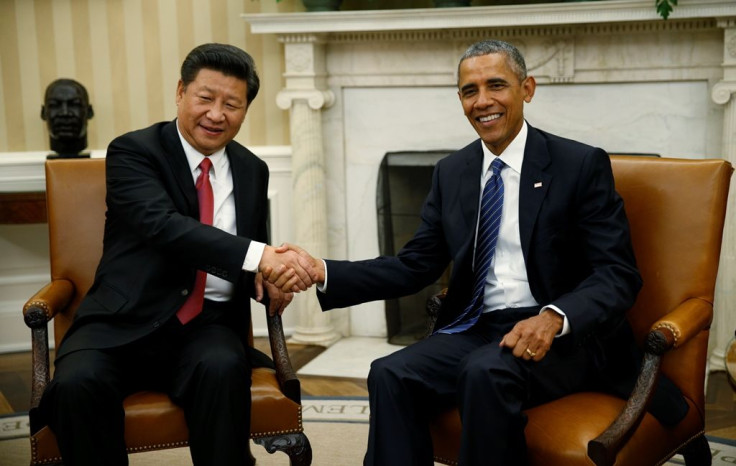RCEP trade talks in Korea gaining global attention as the emerging Asian equivalent of US-led TPP

After the successful conclusion of the 12-nation Trans-Pacific Partnership (TPP) trade deal in early October, the global focus has shifted to the ongoing talks for an Asia-wide equivalent of TPP, known as Regional Comprehensive Economic Partnership (RCEP). Its negotiations are currently progressing in Busan, South Korea.
Conceived in 2013, RCEP is being negotiated between the 10 member states of the Association of Southeast Asian Nations (ASEAN) and many regional trading partners, which includes Australia, China, India, Japan, New Zealand and South Korea, reports CNBC.
Aiming for deeper economic cooperation between ASEAN and its regional trading partners, RCEP seeks to focus more on trade in goods, services and investment.
Inclusive approach
China, which was excluded from the TPP, is reportedly the main driver behind the regional trade pact, which is being billed as an alternative to the U.S.-led TPP. But the RCEP seems to be following an open approach. Seven countries - Australia, Japan, Malaysia, New Zealand, Singapore, Vietnam and Brunei, which are part of the 12-nation TPP, are also taking part in the RCEP negotiations.
According to South Korea's Ministry of Trade, Industry and Energy, the countries participating in the free trade deal are mainly discussing the guidelines on market liberalisation. It will draw up a list of products that need to be liberalised in each country. Among the trade issues in the agenda of RCEP are economic cooperation, legal systems, trade barriers and e-commerce, the CNBC report said.
The trade deal, as and when signed, will provide a regional free trade agreement and create an economic bloc with a combined population of 3.4 billion and trade volume of US $10.6 billion (AU$14.5 billion), which will form 30 percent of the world's trade, claimed the South Korea's trade ministry.
Gain for China
Analysts say China will be one of the big beneficiaries if the RCEP reaches a successful conclusion.
“If you're not in the TPP and you don't have agreements with the European Union, that's a bit alarming because your major trading partners are not connected to you. So China will want to make sure that the supply chains in Asia work to their benefit as much as possible,” said Deborah Elms, Executive Director at Asian Trade Centre.
Ma Jun, a leading economist at the People's Bank of China, said China could forfeit a 2.2 percent boost to gross domestic product if it does not join the TPP, reported the South China Morning Post. As a result, China will aim for a regional network to offset such a loss.
"A TPP or RCEP deal will allow either Washington or Beijing to act as a regional agenda-setter, shaping the architecture of economic cooperation in the Southeast and East Asian regions, and helping secure economic interests,” wrote Oliver Stuenkel, of Getulio Vargas Foundation (FGV), on his website, reported CNBC.
Obviously, RCEP brings gains for those Southeast Asian countries that were left out of the TPP. But their benefits in RCEP will depend on the “quality” of the final agreement, analysts note.
“Some of the ASEAN countries that are not in the TPP really need to have a higher quality outcome in RCEP in order to sustain the competitiveness of their own economies and the region as a whole,” Elms told CNBC.
For feedback/comments, contact the writer at feedback@ibtimes.com.au or let us know what you think below.





















